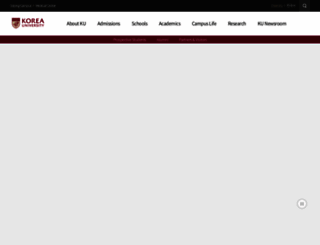리다이렉트용 고려대학교 INDEX
Page Load Speed
19.3 sec in total
First Response
770 ms
Resources Loaded
18 sec
Page Rendered
558 ms

About Website
Click here to check amazing Korea content for United States. Otherwise, check out these important facts you probably never knew about korea.edu
Visit korea.eduKey Findings
We analyzed Korea.edu page load time and found that the first response time was 770 ms and then it took 18.5 sec to load all DOM resources and completely render a web page. This is a poor result, as 95% of websites can load faster.